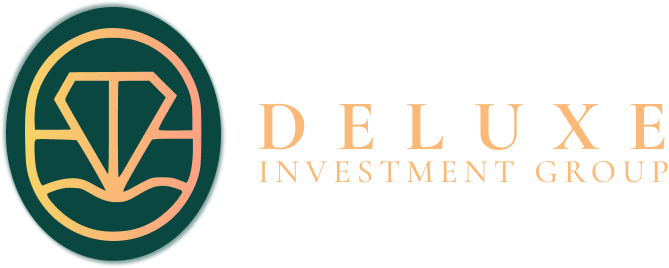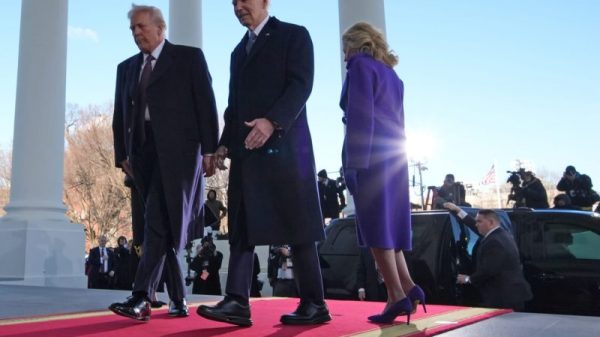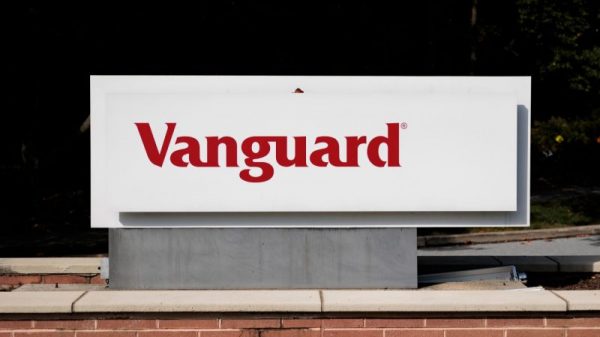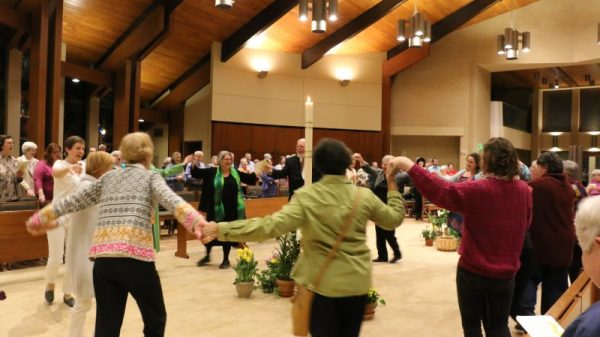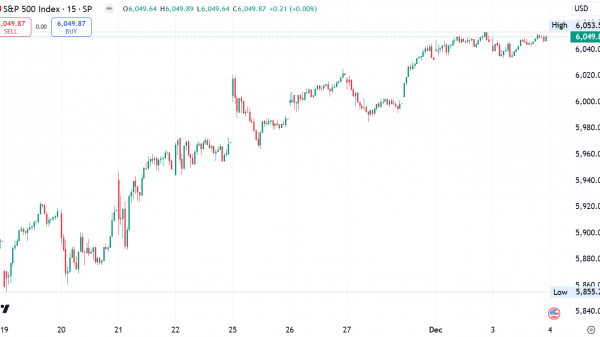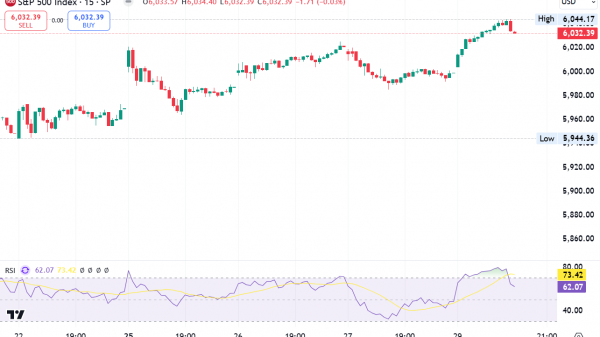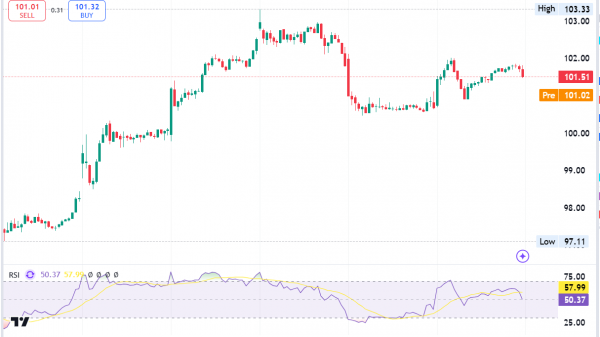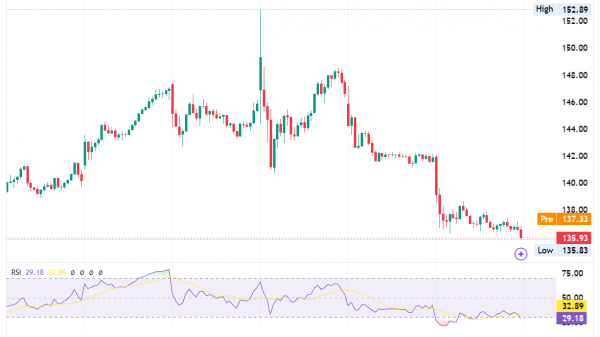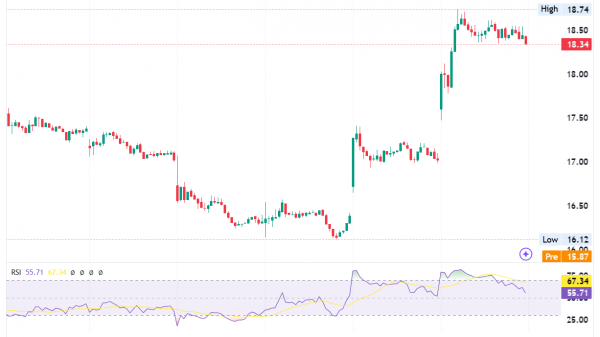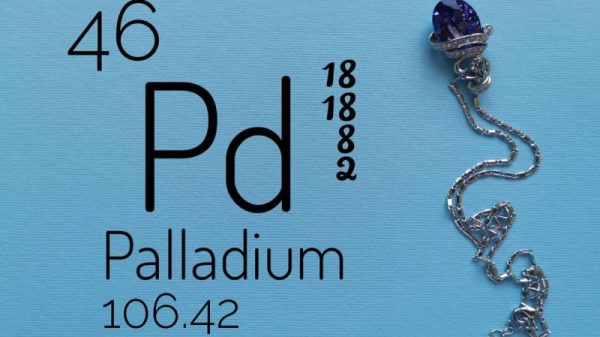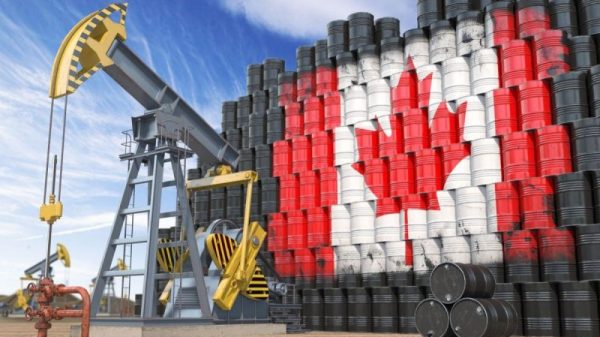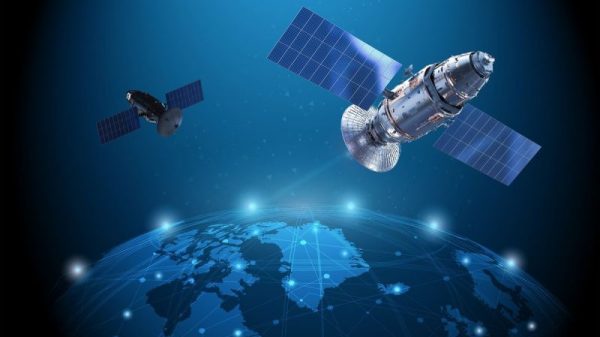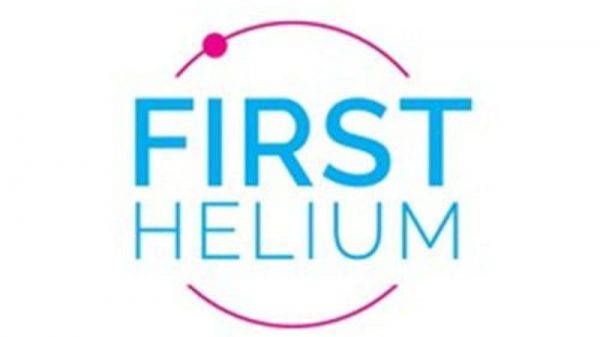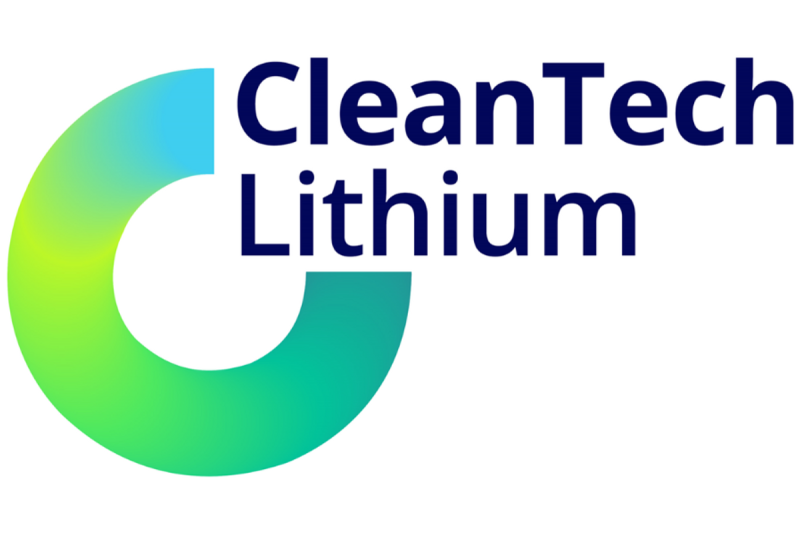CleanTech Lithium PLC (‘CleanTech Lithium’ or ‘CleanTech’ or the ‘Company’) (AIM: CTL, Frankfurt:T2N), an exploration and development company advancing sustainable lithium projects in Chile, announces an updated resource estimate for its Laguna Verde project that has been included by the Chile Government as one of the six salar systems to be prioritised for development.
Highlights:
The mineral resource estimate is updated from that reported in the RNS of 17 July 2023 based on additional exploration and pumping tests conducted in 2024
The JORC (2012) compliant estimate was calculated by Montgomery & Associates (‘Montgomery´’), a leading hydrogeological consultant highly experienced in lithium brine resource estimation
The total updated resource is 1.63 million tonnes of Lithium Carbonate Equivalent (LCE), at a grade of 175 milligrams per litre (mg/l) lithium, of which 0.81 million tonnes is in the Measured + Indicated category at a grade of 178 mg/l lithium
This current resource estimate is based on the proposed polygon area included in the Company´s recently submitted application for a Special Operating Contract for Lithium (‘CEOL’)
The previous 2023 estimate which totalled 1.77 million tonnes LCE at an average grade of 200mg/l lithium was based on the previously proposed CEOL area under the old application regime that was larger covering the entire estimated resource of the basin.
Lithium concentrations obtained in the 2024 campaign were below the average grade of other exploration wells impacting the average lithium grade of the resource
Montgomery recommends three additional drillholes in the southwest, north and northeast to potentially increase the resource based on completed geophysics
Steve Kesler, Executive Chairman, CleanTech Lithium said: ‘The updated JORC-compliant resource estimate for the Laguna Verde project, independently determined by Montgomery & Associates, confirms a robust and significant resource of 1.63 million tonnes of Lithium Carbonate Equivalent (LCE), with 0.81 million tonnes in the Measured and Indicated category at an average grade of 178 mg/l lithium. Now with greater confidence in the resource, this comprehensive evaluation will form the basis for the Pre-Feasibility Study, scheduled for end of this quarter. This positions Laguna Verde as a highly promising direct lithium extraction (DLE) based project in the lithium brine sector and as a contributor to Chile’s future as a leading lithium producer for the global EV and battery market.’
Further Details:
Project Background
The Laguna Verde corresponds to a lithium brine deposit which is found in the Atacama Region of Chile, near the Chile – Argentina border. The project consists of mining concessions located approximately 192 kilometres (km) northeast of Copiapó. The concession area is readily accessible via a network of paved roads from the closest major city Copiapó, following the route (R-31) for approximately 275 km. The Laguna Verde Basin has elevations that vary between 4,330 to 4,500 metres above sea level (masl), where the low altitude valley area is approximately 20 km long and 4 km wide.
Figure 1: Regional Location Map and Project Area
The previous resource estimate for Laguna Verde was reported in July 2023, based on five wells completed in 2022 and 2023. A drill programme was undertaken in 1H 2024 which completed two infill wells in the first half of 2024 along with three observation wells drilled to support observations during pumping tests. The location of wells completed from 2022 – 2024 are shown in Figure 2, along with three recommended wells to potentially increase the resource.
Figure 2: Existing and Recommended Exploration Wells at Laguna Verde
Resource Summary
Montgomery was engaged to support the 2024 field programme at Laguna Verde and based on the information obtained to provide an updated resource estimate and technical report for the project. The technical report has been prepared to conform to the regulatory requirements of the JORC Code (2012). Mineral Resources are also reported in accordance with the Canadian Institute of Mining, Metallurgy and Petroleum (CIM) Best Practice Guidelines (CIM, 2012).
The breakdown of the resource categories comprising the total resource estimate and the comparison with the previous 2023 estimate is shown below in Table 1. The previous 2023 estimate which totalled 1.77 million tonnes LCE at an average grade of 200 mg/l Lithium was based on a proposed CEOL area that was larger and covered the entire estimated resource of the basin, whereas the updated 2025 estimate is based on the Company’s preferential licences and proposed polygon area included in the Company´s recently submitted application for a CEOL. As a comparison, the current resource estimate for the basin (on the same basis of larger CEOL area) would be 1.95 million tonnes LCE.
Lithium concentrations obtained in the 2024 campaign were below the average grade of other exploration wells impacting the average lithium grade. Although slightly lower than the lithium grade used in the 2023 scoping study a grade of 175 mg/l lithium is very suitable for the DLE process and is well above the cut-off grade of 100 mg/l lithium.
Table 1: Updated JORC Resource Estimate 2025 Compared to 2023 Resource Estimate
Special Operating Contract for Lithium (CEOL)
In April 2024 the Chilean government announced, as part of its National Lithium strategy, the intention to make available to the private sector CEOLs over 26 salt flats. As of September 2024, the Chilean government has prioritised six salt flats for the CEOL award process, one of which is Laguna Verde. The CEOL grants exclusive rights to exploit lithium and only one CEOL is to be granted per saline system. The Government also published a polygon CEOL area for each of the prioritised salt flats but clarified that this polygon area is referential and could be modified following community dialogue and with agreement of the applicant. The Government also announced that the CEOL could be awarded in a streamlined procedure that allowed direct negotiation with Government rather than through a public tender provided that a number of criteria were met. One criteria was that the applicant must demonstrate that it holds at least 80% of the preferential mining licences in the CEOL polygon.
CleanTech Lithium has proposed a modification to the published CEOL polygon in its CEOL application (shown in Figure 3) which has been developed to ensure that over 80% of the proposed CEOL polygon area is preferential mining licenses held by CleanTech. The CEOL application by CleanTech includes letters of support from indigenous communities for the proposed modified CEOL polygon.
Figure. 3: CleanTech´s Preferential Licences and Proposed CEOL Extent
Table 2 provides a breakdown of the current Laguna Verde resource estimate by resource category and by separating the resource attributable to the preferential licences held by the Company, and the provisional resources in licences held by third parties within the proposed CEOL area. The combined resource would be attributable to the Company provided the CEOL is awarded to CleanTech for the proposed area (Figure 3).
Mineral resources are not mineral reserves and do not have demonstrated economic viability. Furthermore, not all mineral resources can be converted into mineral reserves after application of the modifying factors, which include but are not limited to mining, processing, economic, and environmental factors.
Table 2: Mineral Resource Estimate for the Laguna Verde Project (Effective January 3, 2025)
Resource Estimation Method
The updated resource estimate consists of Measured, Indicated and Inferred resources. A detailed geological and resource block model was creating in Leapfrog (Seequent, 2023) using obtained well lithologies, discrete-depth values for brine chemistry, drainable porosity values, and geophysical profiles. Lithium concentrations were interpolated using ordinary kriging, specific yield was assigned to each hydrogeological unit, and the mass calculations within the resource block model were undertaken using the Leapfrog Edge extension. A cut-off grade of 100mg/l lithium was conservatively applied based on the Laguna Verde scoping study capital and operating costs.
Consistent with the Houston et al. (2011) recommendations for immature salars, a 1.25 km radius circle around the well was used to estimate a Measured resource, a 2.5 km radius circle around the well was used to estimate an Indicated resource, while a maximum 5 km radius circle was used as the areal extent to estimate an Inferred resource. Depending on the confidence in the sampling procedures and presence of volcanic outcrops, some resource polygons were limited in extent.
Surface Rights
In Chile, Surface Access Rights should be granted or imposed on a mining concession before the extraction starts. CleanTech Surface Access Rights request was received by Bienes Nacionales on June 16, 2023, in the name of Atacama Salt Lakes SpA and is currently in process. The requested area totals 11,136 hectares and covers the project scoping study planned installations (Ad Infinitum, December, 2022). The requested area can be seen in Figure 4.
Figure 4. CleanTech’s Requested Surface Right Area
Water Rights
There are surface water courses that contribute to the Laguna Verde. The Peñas Blanca River flows from west to east and has a continuous flow throughout the year, while to the east of the Laguna Verde, there are intermittent surface water flows. Freshwater exploration wells also exist in the western portion of the basin with demonstrated pumping rates that exceed 40 L/s (Hydro Exploraciones, 2020). Furthermore, a conceptual water balance of the basin recharge has been prepared and indicates that the average estimated freshwater recharge in the Laguna Verde Basin corresponds to 570 l/s (M&A, 2024a). Potential sources of freshwater for the Project include the application for groundwater rights in the basin or the purchase of water rights from third parties (CleanTech, 2024).
Geological Setting
The regional geology of the Project area is mainly characterised by volcanic and sedimentary sequences. Laguna Verde is an immature clastic salar basin, with the lagoon effectively corresponding to the evaporative ‘salar nucleus’. The Project consists of a lithium-rich aquifer found below the lagoon and in the surrounding sediments. The brine is mainly hosted in volcaniclastic sediments and tuff beneath the lagoon with a moderate hydraulic conductivity.
The Laguna Verde stratigraphy is characterised by a band of tuffs with different grain sizes, consolidation / welding, type of clasts, and locally interbedded volcaniclastic sediments. This unit presents an average thickness of 400 metres and overlays the lower volcanic rock (mainly andesite) identified in drillholes and the gravity survey, which has some fracturing and a low drainable porosity. Furthermore, a fault zone which has highly fractured and brecciated rock was encountered along the southern portion of Laguna Verde. In all, the brine aquifer was characterised up to a maximum depth of 650 metres (LV07).
Figure 5 shows the locations for two NW-SE hydrogeological cross sections, and Figure 6 shows the sections with the hydrogeological units modelled in the Leapfrog software.
Figure 5: Hydrogeological Cross Section Locations
Figure 6: Hydrogeological Cross Sections
Exploration
CleanTech engaged Geodatos to conduct Transient ElectroMagnetic (TEM) geophysical surveys at Laguna Verde during the periods April to May 2021 and again in March 2022. The objective of these surveys was to determine the electrical properties of the subsurface sediments to provide information about the stratigraphy and water quality of the hydrogeologic units in the area. The surveys also helped determine the water table level and helped confirm the presence of brine.
A gravity survey was performed by Geodatos between the end of December 2022 and early January 2023. The survey campaign included TEM measurements and two extra profiles. One hundred and eleven (111) gravity stations, arranged in four lines surrounding the lagoon area, as well as fourteen (14) TEM stations, arranged in two lines, were surveyed with a 400-metre separation.
Figure 7: Laguna Verde Surveyed Gravity and TEM Stations
Drilling
An initial drilling campaign was conducted in 2022 and 2023 with four diamond drill holes (DDH) (LV01, LV02, LV03 and LV04) and two rotary wells (LV05 and LV06) as shown in Figure 2. A second campaign was conducted in 2024, with Montgomery personnel, where two exploration boreholes were drilled (LV07 and LV11) with monitoring wells for subsequent pumping tests at LV05 and LV06. Drilling at boreholes LV07 and LV11 reached a final depth of 650 metres below land surface (mbls) and 412.8 mbls, respectively. A pumping test at LV05 was initially conducted in the first campaign and included a pre-test and a 48-hour constant discharge test on April 8, 2023. During the 2024 campaign, a step-discharge and a constant-discharge were conducted at LV05, but due to adverse weather conditions, a long-term constant rate test could not be completed. During the first campaign, a pre-test and a constant discharge test were conducted at LV06 and a long-term (7-day) constant rate test was conducted during the 2024 campaign.
Table 3: Location and Depth Drilled for Years 2022, 2023 and 2024 Exploration Wells
Well
Drilling Method
Northing
(m, WGS84 19S)
Easting
(m, WGS84 19S)
Total Depth Drilled (m)
Year Drilled
LV01
DDH
7,027,088
549,432
474
2021-2022
LV02
DDH
7,024,396
553,992
339
2022
LV03
DDH
7,028,434
549,980
547.5*
2022
LV04
DDH
7,024,390
556,826
311
2022
LV05
Rotary
7,027,908
550,972
434.6
2022-2023
LV06
Rotary
7,026,004
555,912
405
2023
LVM05a
DDH
7,027,908
550,921
221.50
2024
LVM05b
DDH
7,027,951
550,946
41.5
2024
LVM06c
DDH
7,026,032
555,959
40
2024
LV07
DDH
7,025,296
552,561
650
2024
LV11
DDH
7,024,793
555,582
412.8
2024
*LV03 was drilled as an angled borehole with an azimuth of 120 degrees and dip of 60 degrees.
Figure 8: Drilling at LV07 in 1H 2024
Brine Sampling Collection and Analysis
Various methods were used to obtain brine samples during and after the exploration drilling program:
Packer sampling
Airlift sampling
Double-valved disposable bailer sampling
Double-valved electric bailer sampling
Hydra-sleeve sampling
Brine sampling during pumping tests
The brine sampling program included standard quality assurance/quality control (QA/QC) elements such as including duplicate brine and blank samples in bine sample batches sent to the laboratory. Formal traffic reports and chain of custody documents were prepared for every sample obtained and submitted for laboratory analysis. In the opinion of the Competent Person (CP), sample preparation, security, and analytical procedures were acceptable for this stage of the Project and results from the laboratory analyses are considered adequate.
Drill Core Sampling and Specific Yield Estimation
During the first campaign, core samples were obtained every 10 metres from the four drillholes and a total of 122 core samples were obtained at each drillhole and submitted to the DBS&A Laboratory in New Mexico, USA for Relative Brine Release Capacity (RBRC) tests. During the second campaign (2024), 33 core samples were obtained from LV07 and LV11 and were sent to GeoSystem Analysis (GSA) laboratory in Tucson, USA, for analysis.
Figure 9: Example of Drill Core from Exploration Borehole LV11 (132 to 136m)
Laboratory values for drainable porosity were obtained from 145 successfully analysed core samples. Core samples underwent Relative Brine Release Capacity (RBRC) tests. The drainable porosity (i.e., specific yield) measurement procedure involved saturating the core sample with a brine solution and placing them in test cells where a pressure differential was applied and the proportion of brine which can be drained was estimated. In the opinion of the CP, sample preparation, security, and analytical procedures were acceptable and results from the laboratory analyses are considered adequate for resource estimation. The 2023 resource estimate included drainable porosity measurements which were increased by a secondary porosity term calculated from rock quality designation logged during drilling. This current resource update uses drainable porosity measurements from the laboratory, without modification, which results in lower drainable porosities than used in the 2023 resource estimate.
The average drainable porosity values assigned to each hydrogeologic unit used to estimate the lithium resource are given in Table 3. Due to its smaller dataset, a simpler analysis was undertaken for drainable porosity to assign representative values by hydrogeological unit; constant (average) values were assigned to each hydrogeologic unit in the resource model, and drainable porosity values were not interpolated.
Table 3: Assigned Drainable Porosity Values for Laguna Verde Hydrogeological Units
Hydrogeological Unit
Average Drainable Porosity*
N° Samples
Unconsolidated Tuff and Coarse Tuff
6%
102
Consolidated Ash Tuff
3%
14
Brecciated and Fractured Rock
5%
9
Lower Volcanic Rock
1%
5
Upper Alluvium and Colluvium
10%**
0
Surficial Volcanic Deposits
3%***
0
* Rounded arithmetic average
** Assumed theoretical value
*** The drainable porosity of the consolidated ash tuff unit was assumed due to its lithological similarity. The number of blocks that correspond to the consolidated ash tuff within the resource block model are negligible compared to the rest of the hydrogeological units.
Recommendations
Currently, the drilling and testing of a reinjection well is planned for the first quarter of 2025. In terms of the resource, three additional diamond drillholes in the southwest, north, and northeast are recommended to potentially expand the resource volume (Figure 2; LV08, LV09, and LV10) based on the conducted geophysics. During the drilling of those three additional diamond drillholes, depth-specific brine and drainable porosity sampling are recommended with the corresponding QA/QC measures.
Block Model Results and Verification
Figure 10 presents the shallowest interpolated concentrations of the brine body which were mapped to the Leapfrog block model; as can be seen, grades are highest in the western portion of Laguna Verde, whereas the eastern portion represents a zone of heightened recharge with diluted grades. The bottom of the block model was limited to the deepest well (LV07), and the horizontal extent of the block model was limited to the CleanTech concessions and potential of the proposed CEOL area. Laboratory results for lithium concentrations from depth specific brine and pumping test samples collected from the wells were incorporated directly into the model. Ordinary Kriging was used for the interpolation of lithium concentrations within the block model.
Figure 10: Shallow Lithium Concentration Distribution and Proposed CEOL Outline
The resource block model was subsequently validated by visual inspection and comparison of the measured and block model concentrations. Swath plots were also utilized, which compare the average measured and interpolated values along distinct profiles of the block model.
Competent Persons Statement
The following professionals act as competent persons, as defined in the AIM Note for Mining, Oil and Gas Companies (June 2009) and JORC Code (2012):
Mr. Michael Rosko is a Registered Member of the Society for Mining, Metallurgy and Exploration, member #4064687. He graduated from the University of Illinois with a bachelor’s degree in geosciences in 1983, and from the University of Arizona with a master’s degree in geosciences in 1986. Mr. Rosko is a registered professional geologist in the states of Arizona (#25065), California (#5236), and Texas (#6359). Mr. Rosko has practiced his profession for 38 years and has been directly involved in design of numerous exploration and production well programs in salar basins in support of lithium exploration, and estimation of the lithium resources and reserves for many other lithium projects in Argentina and Chile.
Mr. Brandon Schneider is employed as a Senior Hydrogeologist at M&A. He graduated from California Lutheran University in 2011 with a Bachelor of Science degree in Geology (with Honors) and obtained a Master of Science in Geological Sciences (Hydrogeology focus) from the University of Notre Dame in 2013. He is a professional in the discipline of Hydrogeology and a Registered Professional Geologist in Arizona (#61267) and SME Registered Member (#4306449). He has practiced his profession continuously since 2013. His relevant experience includes: (i) from 2013 to 2016, consulting hydrogeologist specializing in hydrogeological characterizations, aquifer test analyses, groundwater modeling, and pumping well optimization for mining projects and sedimentary basins in Arizona, United States; (ii) since 2017, consulting hydrogeologist in Chile specializing in lithium brine projects in Argentina and Chile with experience in brine exploration, lithium brine resource and reserve estimates, resource and reserve reporting, variable density flow and transport modeling, and optimization of pumping.
For further information contact:
CleanTech Lithium PLC
Steve Kesler/Gordon Stein/Nick Baxter
Jersey office: +44 (0) 1534 668 321
Chile office: +56 9 312 00081
Or via Celicourt
Celicourt Communications
Felicity Winkles/Philip Dennis/Ali AlQahtani
+44 (0) 20 7770 6424
cleantech@celicourt.uk
Beaumont Cornish Limited (Nominated Adviser)
Roland Cornish/Asia Szusciak
+44 (0) 20 7628 3396
Fox-Davies Capital Limited (Joint Broker)
Daniel Fox-Davies
+44 (0) 20 3884 8450
daniel@fox-davies.com
Canaccord Genuity (Joint Broker)
James Asensio
+44 (0) 20 7523 4680
Beaumont Cornish Limited (‘Beaumont Cornish’) is the Company’s Nominated Adviser and is authorised and regulated by the FCA. Beaumont Cornish’s responsibilities as the Company’s Nominated Adviser, including a responsibility to advise and guide the Company on its responsibilities under the AIM Rules for Companies and AIM Rules for Nominated Advisers, are owed solely to the London Stock Exchange. Beaumont Cornish is not acting for and will not be responsible to any other persons for providing protections afforded to customers of Beaumont Cornish nor for advising them in relation to the proposed arrangements described in this announcement or any matter referred to in it.
Notes
CleanTech Lithium (AIM:CTL, Frankfurt:T2N, OTCQX:CTLHF) is an exploration and development company advancing lithium projects in Chile for the clean energy transition. Committed to net-zero, CleanTech Lithium’s mission is to become a new supplier of battery grade lithium using Direct Lithium Extraction technology powered by renewable energy.
CleanTech Lithium has two key lithium projects in Chile, Laguna Verde and Viento Andino, and exploration stage projects in Llamara and Arenas Blancas (Salar de Atacama), located in the lithium triangle, a leading centre for battery grade lithium production. The two most advanced projects: Laguna Verde and Viento Andino are situated within basins controlled by the Company, which affords significant potential development and operational advantages. All four projects have good access to existing infrastructure.
CleanTech Lithium is committed to utilising Direct Lithium Extraction with reinjection of spent brine resulting in no aquifer depletion. Direct Lithium Extraction is a transformative technology which removes lithium from brine with higher recoveries, short development lead times and no extensive evaporation pond construction. www.ctlithium.com
Click here for the full release
